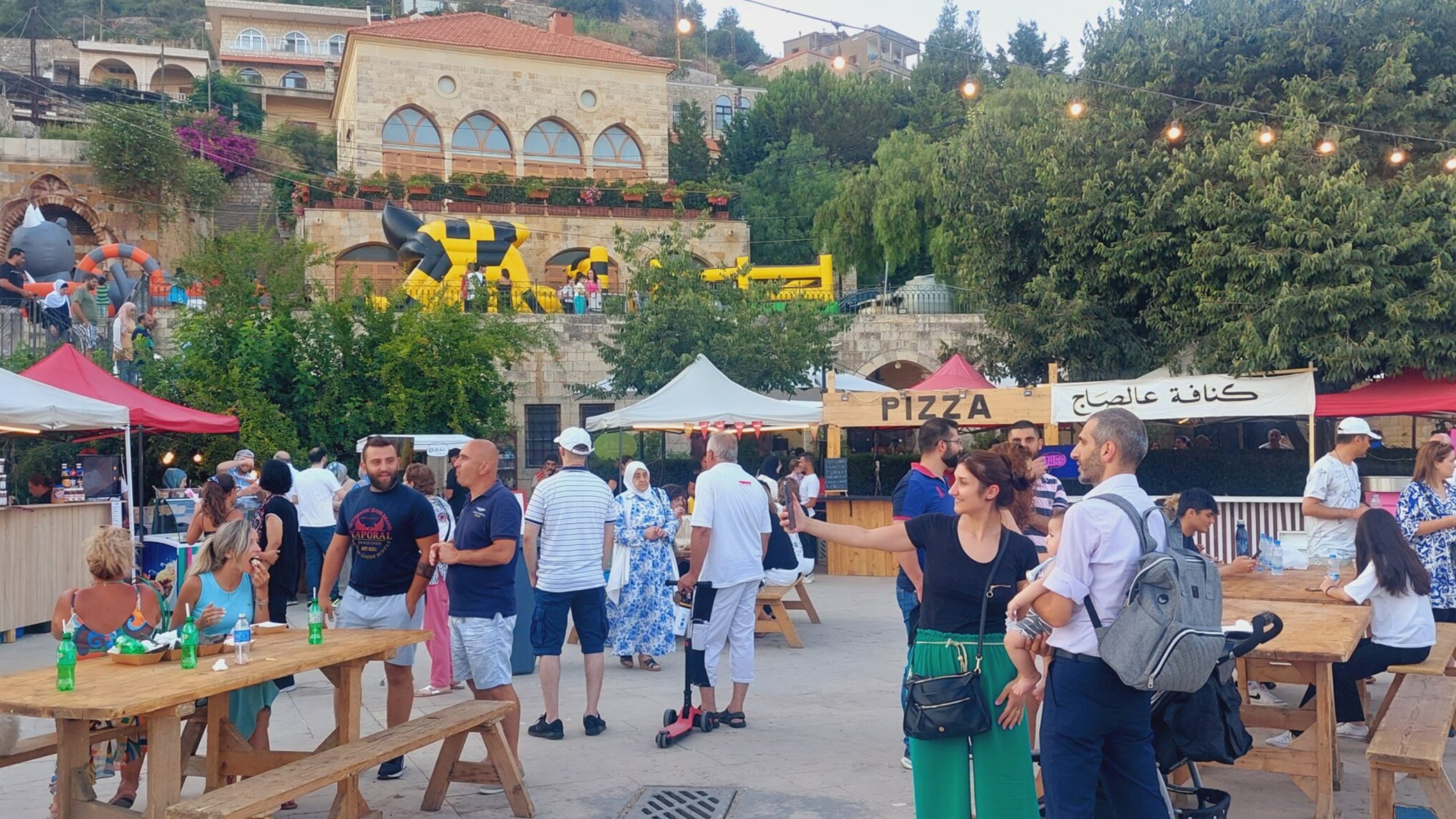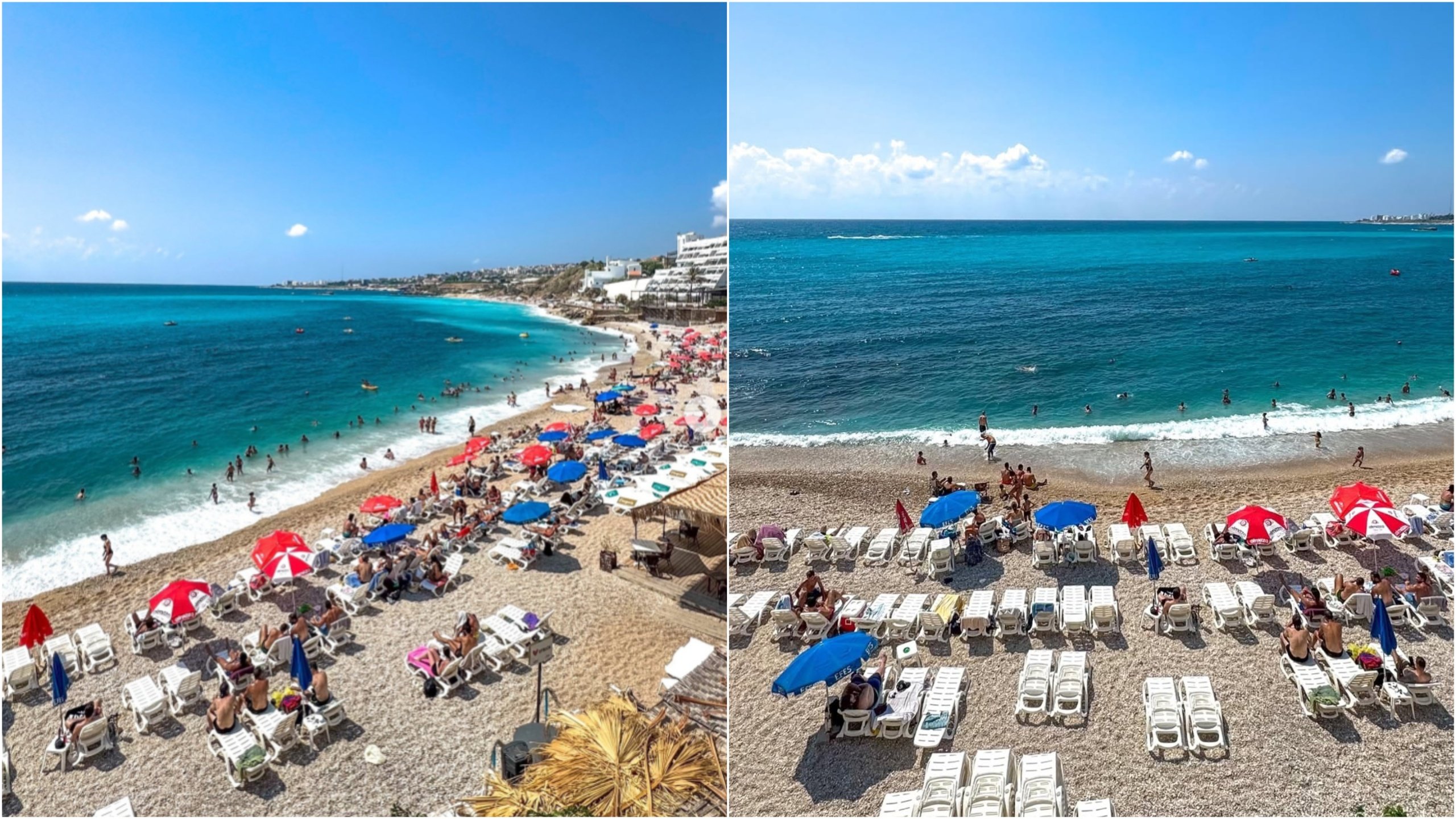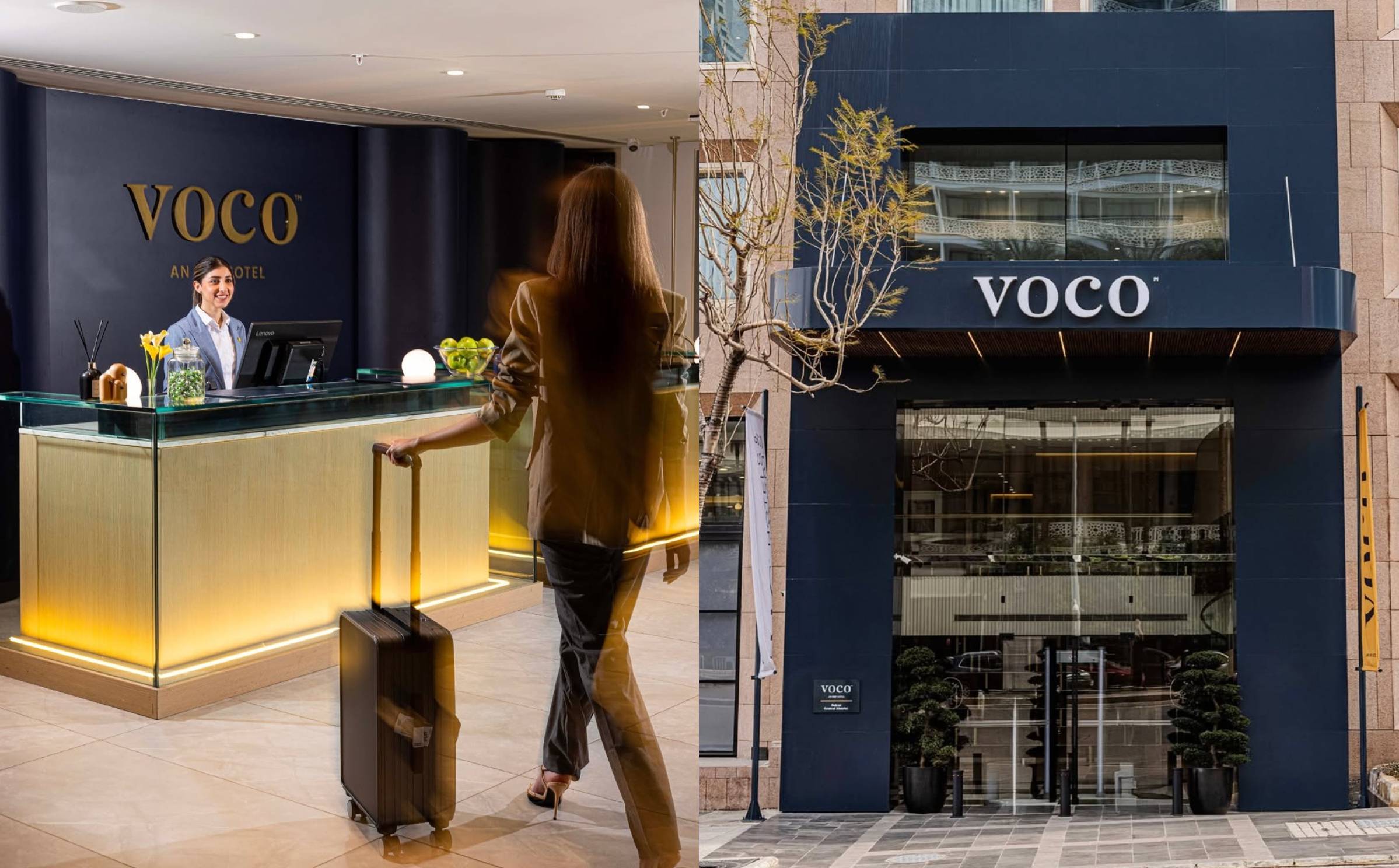Blog
Rediscovering Beirut with Wael Kodeih
Although cities are dynamic, ever-changing, and in a constant state of transformation, life in them can become monotonous and tedious. You see the same building every day on your way to work, you pass by the same parking lot to get your morning coffee, and you stare at the same cluster of trees visible from your office window. But there are ways for you to see your city in an entirely new light, and that is what Wael Kodeih’s workshop that is currently underway, The Theory of Dérive and Augmented Reality, focuses on.

(Photo via Mondo Mix)
Wael Kodeih, 34, holds degrees in Mass Communication and Graphic Design, but carved a path for himself in the musical landscape under the name Rayess Bek, as one half of the Arabic rap duo, Aks’Ser, who came onto the scene in 1997, and are often regarded as Lebanon’s seminal Arabic rap pioneers. Kodeih would later depart to pursue a solo rap career as Rayess Bek, rapping in Arabic and French. He would find success both locally and abroad, particularly in France, where he has been residing since 2006.
In addition to spitting rhymes, Kodeih also had a passion for sound, and eventually found himself producing soundtracks for various Lebanese films as early as 2006, a multidisciplinary dance performance by Nancy Naous called Instant de Chute in 2008, and most recently the soundtrack of award-winning web series Shankaboot. “I was more known as a rapper, but behind the scenes, I was interested by sound in general,” says Kodeih.
In 2012, Kodeih presented his first self-produced fully-fledged audiovisual performance: Goodbye Schlöndorff in Berlin, which he performed a year later to a crowd at Metro Al Madina in January 2013. After stumbling upon an audio letter (a message recorded onto cassette tape and mailed to a recipient) made by his grandmother during the Lebanese civil war, Kodeih sought out other cassette tapes, which served as the basis for this project.
The performance presented these intimate dispatches sent by families to relatives in a time of crisis and uncertainty, mixed in with Kodeih’s own musical compositions (with the accompaniment of Palestinian flutist Naïssam Jalal), all of which was set to visuals, excerpts from German director Volker Schlöndorff ‘s 1981 film Die Fälschung (Circle of Deceit) and its making-of, filmed in Beirut during the war. Kodeih considers the work purely cathartic: “I was not trying to make any point. I wanted to heal myself from certain memories.”
This brings us to Kodeih’s latest multimedia venture, the workshop The Theory of Dérive and Augmented Reality. Dérive is a psychogeographical concept defined as “an unplanned journey through a landscape, usually urban, on which the subtle aesthetic contours of the surrounding architecture and geography subconsciously direct the travelers, with the ultimate goal of encountering an entirely new and authentic experience”.
Beirut has always been a strong ever-present theme in Kodeih’s work, and this workshop sees him taking the topic head-on through the dérive process. He explains: “Beirut has the particularity of being many cities in one, with many contrasts and many communities. Traveling in Beirut is also traveling through many historical periods that the city has been trough.”
The workshop, which is open to sound artists, musicians, writers, photographers, video makers, visual artists, animators, and students in the arts, will have participants walk through the city, guided by Kodeih, as they investigate public spaces, private spaces, and hidden spaces, allowing for a deeper discovery, or complete rediscovery, of Beirut. After doing so, each participant will contribute to a collaborative work, each adding an element based on their own perceptions. Whatever the outcome of may be, it is sure to be fascinating.
To learn more about Kodeih’s work, visit his website and follow up with his latest activities on Facebook.

(Photo via Mondo Mix)
Wael Kodeih, 34, holds degrees in Mass Communication and Graphic Design, but carved a path for himself in the musical landscape under the name Rayess Bek, as one half of the Arabic rap duo, Aks’Ser, who came onto the scene in 1997, and are often regarded as Lebanon’s seminal Arabic rap pioneers. Kodeih would later depart to pursue a solo rap career as Rayess Bek, rapping in Arabic and French. He would find success both locally and abroad, particularly in France, where he has been residing since 2006.
In addition to spitting rhymes, Kodeih also had a passion for sound, and eventually found himself producing soundtracks for various Lebanese films as early as 2006, a multidisciplinary dance performance by Nancy Naous called Instant de Chute in 2008, and most recently the soundtrack of award-winning web series Shankaboot. “I was more known as a rapper, but behind the scenes, I was interested by sound in general,” says Kodeih.
In 2012, Kodeih presented his first self-produced fully-fledged audiovisual performance: Goodbye Schlöndorff in Berlin, which he performed a year later to a crowd at Metro Al Madina in January 2013. After stumbling upon an audio letter (a message recorded onto cassette tape and mailed to a recipient) made by his grandmother during the Lebanese civil war, Kodeih sought out other cassette tapes, which served as the basis for this project.
The performance presented these intimate dispatches sent by families to relatives in a time of crisis and uncertainty, mixed in with Kodeih’s own musical compositions (with the accompaniment of Palestinian flutist Naïssam Jalal), all of which was set to visuals, excerpts from German director Volker Schlöndorff ‘s 1981 film Die Fälschung (Circle of Deceit) and its making-of, filmed in Beirut during the war. Kodeih considers the work purely cathartic: “I was not trying to make any point. I wanted to heal myself from certain memories.”
This brings us to Kodeih’s latest multimedia venture, the workshop The Theory of Dérive and Augmented Reality. Dérive is a psychogeographical concept defined as “an unplanned journey through a landscape, usually urban, on which the subtle aesthetic contours of the surrounding architecture and geography subconsciously direct the travelers, with the ultimate goal of encountering an entirely new and authentic experience”.
Beirut has always been a strong ever-present theme in Kodeih’s work, and this workshop sees him taking the topic head-on through the dérive process. He explains: “Beirut has the particularity of being many cities in one, with many contrasts and many communities. Traveling in Beirut is also traveling through many historical periods that the city has been trough.”
The workshop, which is open to sound artists, musicians, writers, photographers, video makers, visual artists, animators, and students in the arts, will have participants walk through the city, guided by Kodeih, as they investigate public spaces, private spaces, and hidden spaces, allowing for a deeper discovery, or complete rediscovery, of Beirut. After doing so, each participant will contribute to a collaborative work, each adding an element based on their own perceptions. Whatever the outcome of may be, it is sure to be fascinating.
To learn more about Kodeih’s work, visit his website and follow up with his latest activities on Facebook.





